Short gamma ray bursts (GRBs) have already been associated with binary neutron star mergers, which are also sources of gravitational waves. Numerical relativity simulations indicate that the merger can form a short-lived hypermassive neutron star (which could produce a millisecond magnetar), lasting for tens to hundreds of milliseconds before gravitational collapse forms a black hole. This...
For many years, the anomalous magnetic moment of the muon has provided one of the most promising hints for a quantitative failure of the Standard Model, hinting at the possibility of new physics. However, recent lattice QCD calculations have challenged this scenario, by providing estimates for the crucial hadronic vacuum polarisation contribution which deviate significantly from the...
We provide an overview of the soft-photon puzzle, i.e., of the long-standing discrepancy between experimental data and predictions based on Low’s soft-photon theorem, also referred to as “anomalous” soft photon production, and we briefly review the current theoretical understanding of soft radiation and soft theorems. We discuss how both topics can be addressed with the planned ALICE 3...

